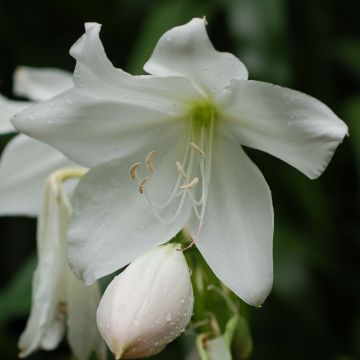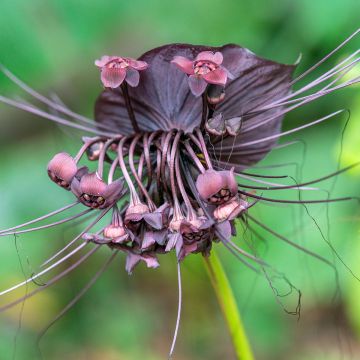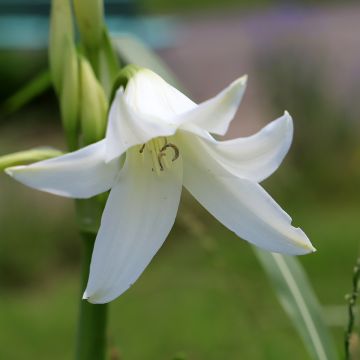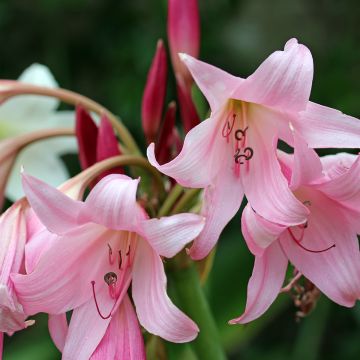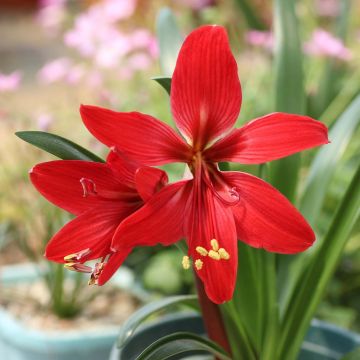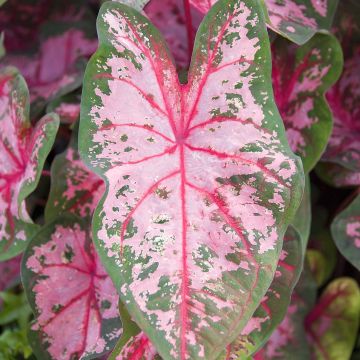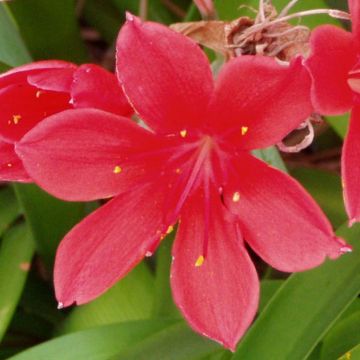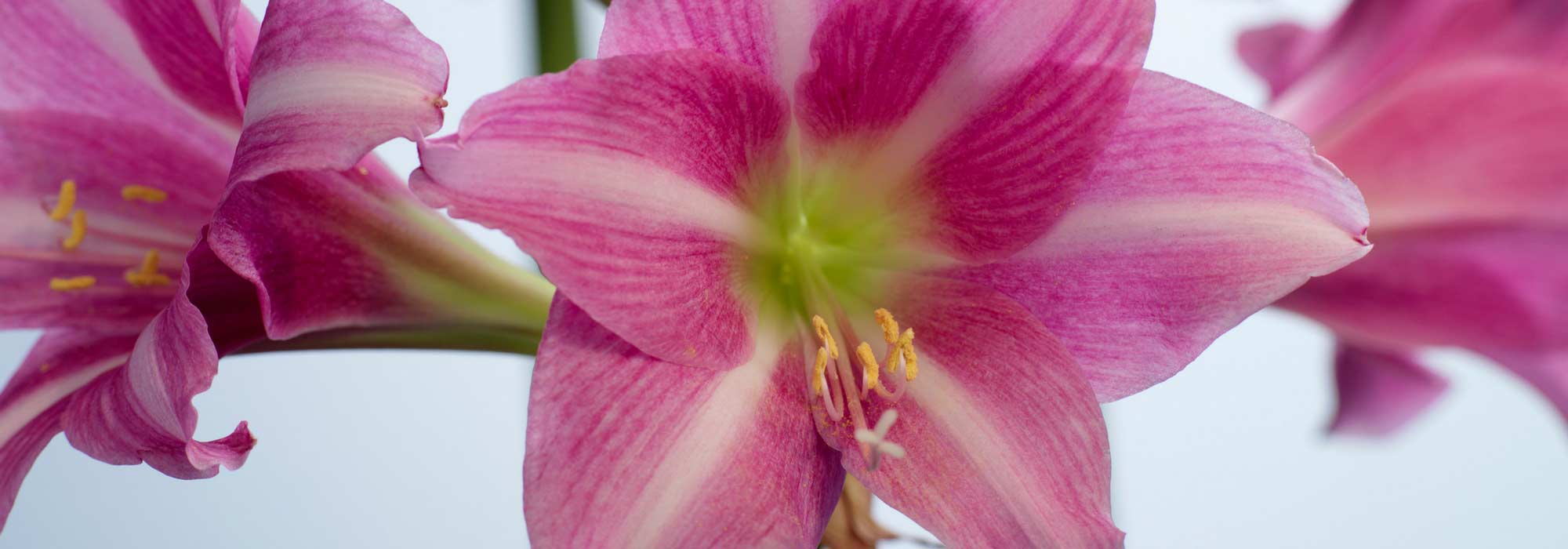
How to easily make an amaryllis bulb bloom again?
Enjoy amaryllis flowers for several years
Contents
Amaryllis, or Hippeastrum, are spectacular bulb plants that produce large, vibrant flowers, often in shades of red, pink, or white. Well-known for their ability to brighten up homes during winter, these tender plants are actually quite perennial. Many gardeners wonder how to make an amaryllis bloom again, as after such an impressive flowering, it may seem challenging to see it flourish once more. With proper post-flowering care, amaryllis can bloom again for several years in a row. Are you wondering how to get an amaryllis bulb to grow again or how to extend the beauty of an amaryllis flower? Discover all our tips for maintaining and making your amaryllis bloom again each year!
How to preserve and make an amaryllis bloom again?
After their stunning flowering, amaryllis may seem dormant… but they are just waiting to start again! Here’s how to get an amaryllis bulb to grow again after its resting period.
Storing an amaryllis after flowering
Here’s how to store an amaryllis bulb after flowering to allow it to properly regenerate:
-
Cut off the faded flowers with a pruning shear, but let the leaves develop: they are essential for nourishing the bulb.
-
Continue to water regularly, without excess, and add a liquid fertiliser for houseplants every 15 days. This helps the bulb to store energy for the next season.
-
After 4 to 6 months, the leaves will naturally yellow. This is a sign that it’s time to stop watering and let the plant enter dormancy.
-
Place the pot in a resting position in a sheltered spot, without light, in a cool place (around 10 to 15 °C) for 2 to 3 months. Do not water it anymore: this is the bulb’s resting time.
Getting an amaryllis to bloom again
After this resting phase, it’s time to wake up your amaryllis! Here are the steps to get an amaryllis to bloom again:
-
Cut off the completely faded leaves and repot the bulb in fresh, well-draining potting soil. Keep about a third of the bulb above the soil.
-
Place the pot back in the light, in a temperate room (18-22 °C), and gradually resume watering.
-
New growth should start within a few weeks. Water moderately and add potassium-rich fertiliser every two weeks.
- In 6 to 10 weeks, a new flower stalk should appear… and the magic begins again!
By repeating this cycle each year, you can enjoy stunning amaryllis flowers year after year!
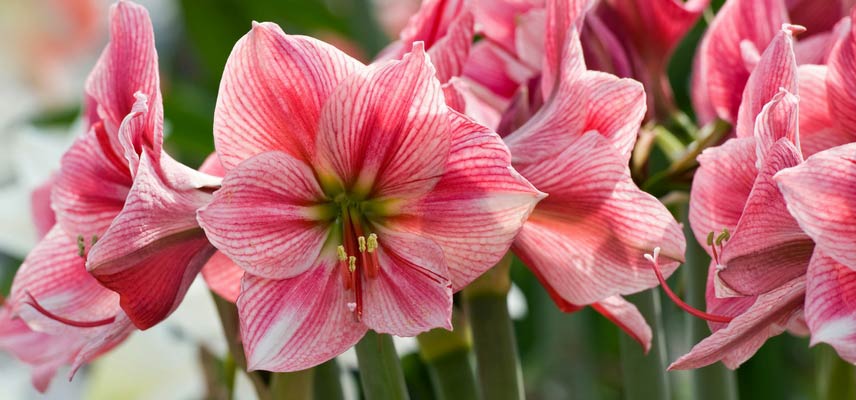
Amaryllis: care after flowering
The care of amaryllis after flowering is relatively simple, but certain actions are essential to enjoy magnificent amaryllis flowers year after year:
- Water regularly, but without excess, allowing the compost to dry slightly between waterings. Excess water could cause the bulb to rot, so be sure not to let water stagnate in the saucer.
- Provide a little liquid fertiliser for flowering plants every two weeks during the growth period, especially when the stem and leaves are developing. Simply dilute the fertiliser in the watering water. This nutrient supply will help produce a more abundant and higher quality flowering.
As mentioned earlier, amaryllis flowers usually appear between 6 and 8 weeks after planting. However, you can slightly delay or accelerate flowering by adjusting the temperature and light:
- To slow down flowering, place the plant in a slightly cooler room, around 16 to 18 °C, and avoid direct exposure to light.
- To accelerate flowering, set the amaryllis in a warmer room, at about 18 to 22 °C, ideally in a sunny spot.
Once the amaryllis flowers have faded, cut the flower stems at the base to prevent the plant from exhausting itself unnecessarily. However, leave the leaves intact and continue to water and fertilise moderately: the foliage is necessary for the bulb to store energy for future flowerings.
To summarise how to successfully care for amaryllis throughout the year:
| Period | Main Action | Objective |
|---|---|---|
| Winter – Spring | Watering + fertiliser + light | Replenishing the bulb’s reserves |
| Summer | Reduce watering, stop fertiliser, faded leaves | Preparing for dormancy |
| Late Summer – Autumn | Resting in a cool and dry place | Vegetative rest |
| Early Winter | Repotting + resuming watering + light | Restarting the flowering cycle |
Discover other Bulbs for the home
View all →Available in 1 sizes
Available in 1 sizes
Available in 1 sizes
Available in 2 sizes
Available in 2 sizes
Available in 1 sizes
Available in 1 sizes
Available in 1 sizes
Available in 1 sizes
Available in 1 sizes
- Subscribe!
- Contents































